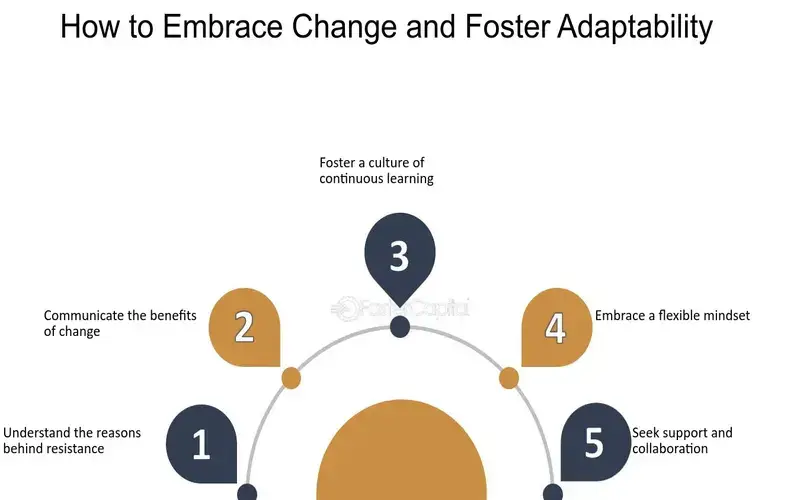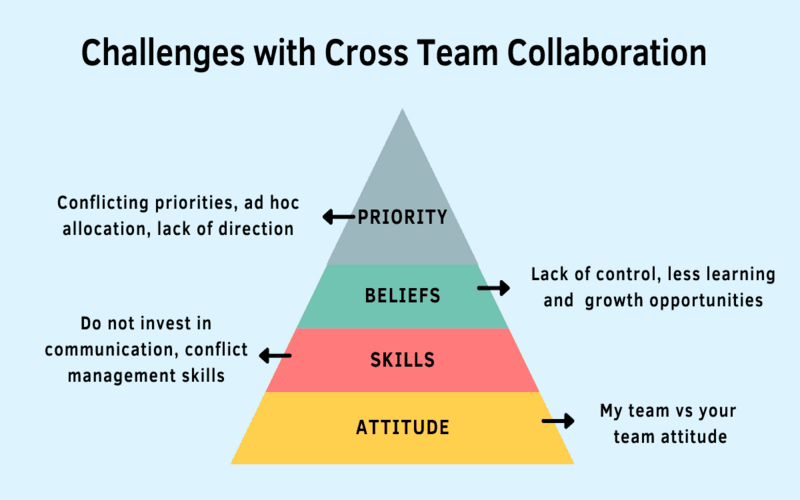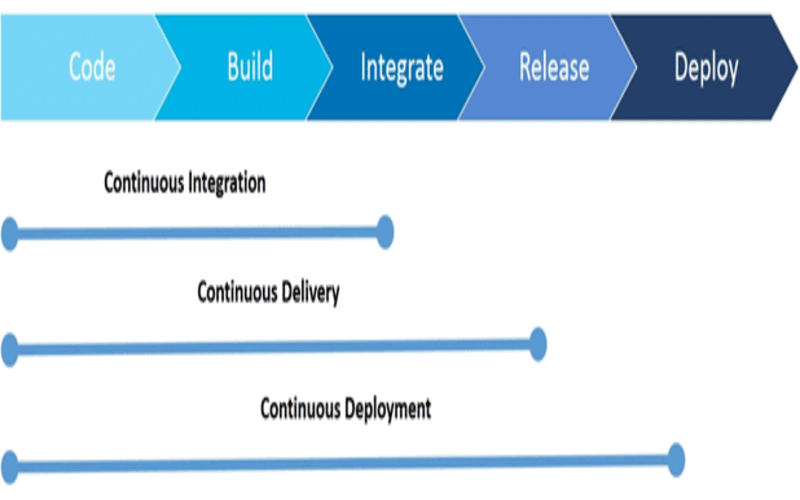What Is Nearshore Outsourcing?
Nearshore Outsourcing is when management hires employees from a neighboring country to complete services. Some benefits of nearshore outsourcing include cost savings, cultural alignment, geographical proximity, and a familiar time zone. For example, sometimes costs become too inhibitory to keep operations in your country, but nearshore locations can offer perfect long-term outsourcing destinations.
While there is sometimes the awareness that outsourcing nearshore doesn’t offer the same stage of user service or capability to scale as an onshore outsourced group, these worries can be removed with high-quality training and evaluated cx innovation.
What Is Nearshoring, And How Does It Work?
Nearshoring is a form of outsourcing where companies occupy software development businesses in nearby countries to bring out work or offer services. It includes using the talent and skills accessible in nearby areas to fulfill project needs.
What Is Nearshore Outsourcing And How Does It Work?
This term refers combination of foreign development groups from countries located near the user’s company’s native country. It enables saving the budget and, to a combination of significant time zone differences and other problems relevant to the partner’s geographical location.
These are all the advantages of being particular, as even the two neighbouring countries might differ significantly in terms of cultural characteristics and permitted activities. However, coder services cost is not generally distinct enough to compensate for remote procedures administration.
Benefits Of Nearshore Outsourcing
Nearshoring has some huge facilitates that help you complete your project successfully.
1. Geographical proximity
It is simpler, quicker, and more cost-efficient to meet face-to-face with the nearshoring group, as they are placed in the nearby country.
Face-to-face meetings are always more formative than video calls, and the nearshore outsourcing model allows them.
2. Cultural Similarities: Countries in the same area frequently have a lot in common regarding values, organizational structure, work ethics, thinking, and so on. As a result, they can communicate, cooperate, and solve errors more simply.
3. Time and Zone Alignment: One of the primary advantages of nearshore outsourcing is that coordinated firms can operate in familiar time zones or with little difference in working hours.
4. Frictionless communication: Immediacy is the primary facilitator of nearshore software development that allows the manufacture of frictionless conversation. When your group members come from the nearest countries, they frequently share a lot and can have face-to-face meetings frequently.
5. Local Talent Accessibility
Your country and area may have the tech talent you require for your project, but finding, hiring, and organizing them is a lot of work.
Features
Cost Savings: Outsourcing duties to a business in another country can save money on wages and other expenses.
Cultural Alignment: Nearshore sourcing has more minor language barriers than offshoring and ensures more cultural familiarity.
Geographical proximity: Nearshore locations are frequent ideal long-term outsourcing destinations.
Time Zone Compatibility: Time zone differences are unique, with at most a one-to-three-hour difference. It allows internal and external copper to eat better and communicate better.
Environmental Benefits: Nearshoring allows businesses to minimize their carbon footprint by reducing supply chains.
Access to expertise: nearshore outsourcing essentially improves companies’ productivity and fuel development by exploiting a skilled talent pool accessible in the nearest countries.
Greater Control: Nearshore outsourcing offers more control over the outsourced work than offshore versions.
Skill access: You can combine with top talents widely without conditions to local options.
Similar time zones: Stimulates actual-time describes and communication, reducing setbacks.
Cultural Affinity: There is good insight and cooperation in work culture.
Cost-efficiency: More economical than onshore development.
Features:
1. Iterative Development
Agile nearshore development later iterative model, breaking down the project into minor organizational increases called iterations or sprints. Each iteration outcomes in a likely send product boost, enabling consistent feedback and enhancements.

2. Close Collaboration
Nearshore groups work closely with users, manipulating the benefits of geographic adjacency for efficient communication and collaboration. Regular meetings, video conferences, and actual-time collaboration ensure that the evolved procedures align with user expectations.

3. Often User Involvement
Users play an active role throughout evolved procedures, offering consistent feedback and organizing features based on developing business requirements. This high stage of the user ensures that the final product meets the user’s prospect and business objectives.

4. Adaptability To Change
Agile nearshore evolved grasps change as a natural component of the procedures. The constant nature of agile enables reliability in considerate changes to needs, ensuring that the evolved group can react rapidly to alternation preferences or merging understanding.

5. Cross-Functional Groups
Agile nearshore groups are generally cross-functional comprised of societies with different skills needed for end-to-end project development. The setup improves communication and ensures that the group has the experience required to address multiple aspects of the project.

6. Continuous Delivery And Integration
Consistent integration and send practices are natural to agile nearshore development. These practices include daily combining code changes into a shared repository and ensuring that the software is consistently sending and ready for employment. It minimizes the risk of combining errors and enables for often releases.

7. Emphasis On Communication
Agile nearshore development places a robust emphasis on collaboration within the group and with the user. Regular stand-up meetings, daily reviews, and open channels of communication give a transparent and collaborative working environment.

8. Focus On User Value
The Agile reached organized sending value to the user. In the context of nearshore development, it means ensuring that the software being evolved software aligns with the user’s company’s aims and offers physical value with each iteration.

9. Scalability And Resource reliability
Agile nearshore development enables scalability and resource reliability. Groups can be simply scaled up or down based on project needs, ensuring maximum resource allocation and flexibility to convert needs.

10. Risk Mitigation
Agile nearshore evolved comprises risk mitigation methods by labelling potential difficulties before the development procedures. Daily assessments, feedback loops, and the capability to align courses rapidly provide to reducing project risks.



















